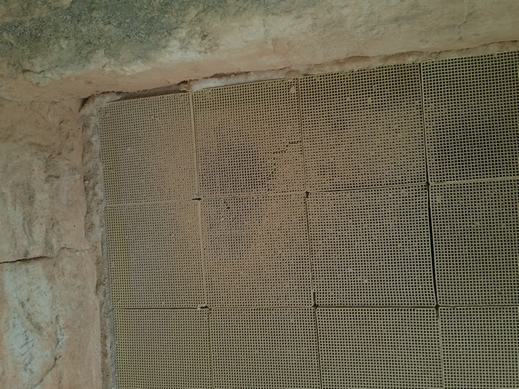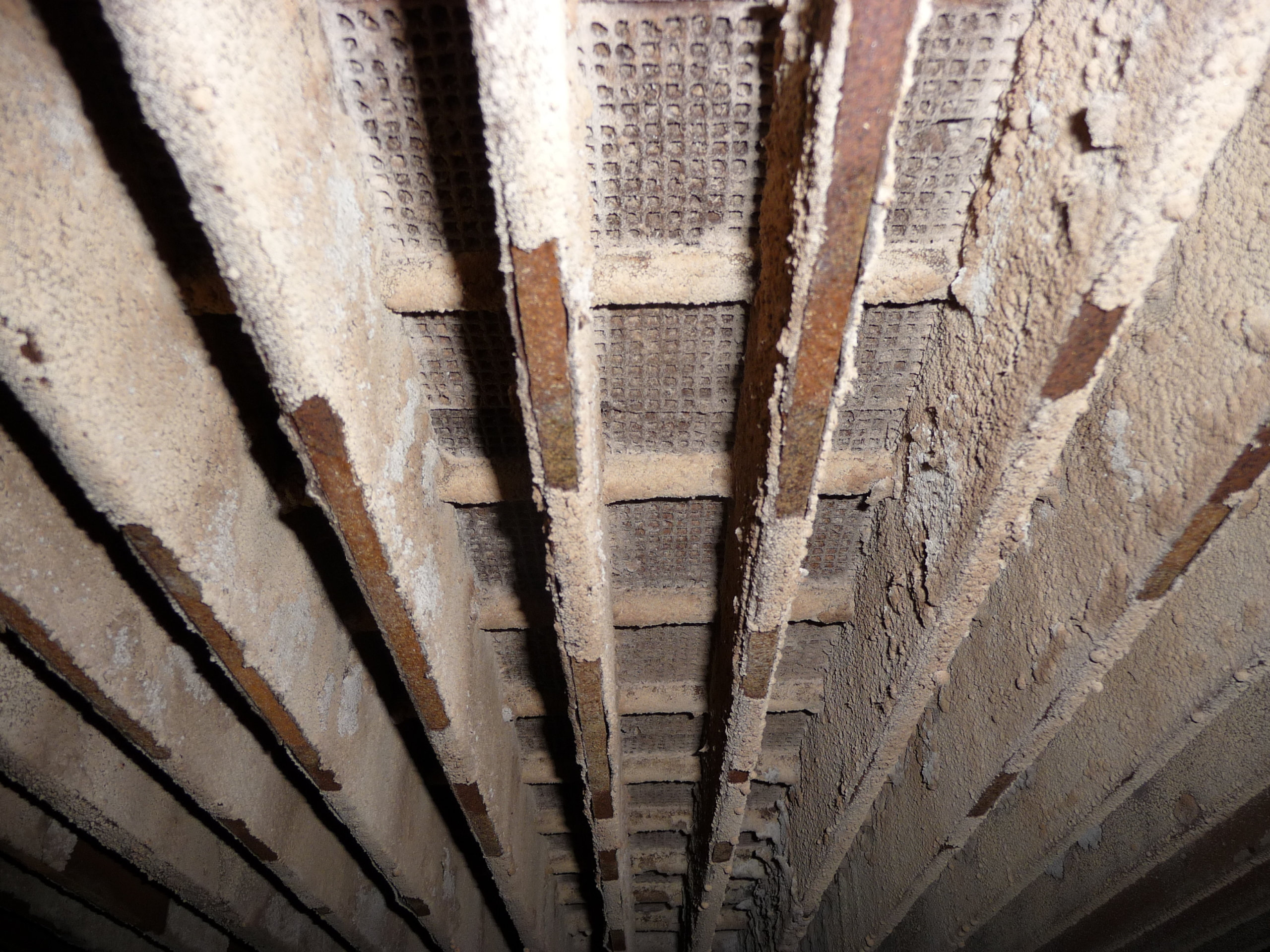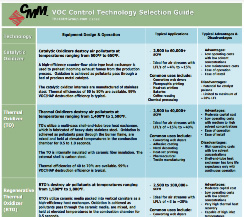Keeping your Regenerative Thermal Oxidizer (RTO) free of unwanted residue can improve efficiency
What improvements will you see from cleaning your media?
- Improved destruction efficiency
- Restored thermal efficiency and airflow capacity
- Reduction in the increased fuel usage caused by plugging
- Increased equipment life by reducing stress on system components


RTO Media Cleaning Methods
The efficiency of the unit is crucial in meeting EPA regulations and manufacturing objectives. Built-up residue can decrease airflow and lead to higher fuel requirements. In addition, valve seals and other intricate components can become damaged by excessive layers of unwanted particulates. Therefore, maintenance of the equipment must be done on a regular basis.
There are two methods commonly used for cleaning an RTO system: bake-out and wash-down. The specific RTO and the type of media installed in the unit and the type of particulate (organic or inorganic) may affect which method you use. If you notice unusual drops or increases in pressure, fan speed, and fuel consumption, the unit may be in need of a bake-out or wash-down.
Bake-Out Method
The bake-out method works in a similar manner as a self-cleaning oven. The media bed is heated to roughly 850 degrees Fahrenheit, causing any residue caught in the media to be incinerated. Each section of the unit is heated in succession to ensure all areas of the machine are thoroughly cleaned. Typically, the most affected areas in an RTO are the lower media bed and cold-face sections.
Once the bake-out has been completed, the unit can be reconnected and operated as normal. In some cases, the operation can be performed during production. Bake-outs are typically carried out manually; however, the unit can be programmed to automatically conduct a cleaning on a regular basis.
Wash-Down Method
The wash-down method uses water or solvent streams at low pressures to remove residue directly from the media bed. Due to the fact that this method is more hands-on and requires drying time, the entire process is typically longer than that of a bake-out. Taking pollution control units offline for regular cleans can halt production and impact overall manufacturing costs. However, cleaning residue from the interior chambers can increase the health and longevity of the unit, leading to increased productivity.
The costs of a regular media cleaning program are significantly lower than that of a full media bed replacement. The CMM Group has both the process knowledge and the field experience to assist you in selecting the best choice for your operation. However, should your media need to be replaced due to fouling, cold face condensation, or thermal stress, we can review the type of media being used, and determine its suitability for application. Contact us to discuss your RTO maintenance!
Download Printable Flyer
Download a printable flyer here.
DOWNLOAD FLYERFor Emergency Service and Parts, Call +1 (920) 336-9800
For more information on PM Programs, contact us.
REQUEST A QUOTE



